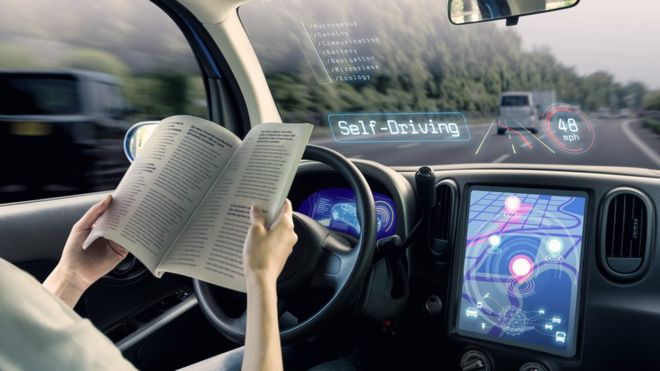ADAS Specified – Advanced Driver Assistance Systems
Advanced Driver Assistance Systems, or ADAS, is really a term referring to various, high-tech, in-vehicle systems that can increase road safety by helping drivers become better alert to the trail and its particular potential hazards as well as other drivers around them.
ADAS is designed for the development of “smart cars” or intelligent vehicles, that happen to be capable of understand their surrounding environments, via sensors as well as other computerized data-gathering programs, to enable them to assist their human drivers in navigating the roads. The counsel can really be the sort of allowing drivers to have better charge of your vehicle or perhaps in the type of automated assistance that the vehicle performs without treatment.
Below are a few examples of vehicle systems that come under the course of Advanced Driver Assistance Systems.
GPS Maps
In-dash GPS map displays are probably the most well known and used ADAS devices. Most new vehicle models have GPS displays included. GPS maps rely on regularly updated satellite and survey map data to provide drivers with on-route directions and the locations of nearby sights (like restaurants, airports, etc.) among other things.
AFS

AFS means Advanced Front-lighting System, which is also known as “adaptive light control”. Advanced front-lighting systems adjust the angle and level of a vehicle’s headlights in accordance with the curvature of the road along with the level of visibility afforded by weather and natural lighting conditions. AFSs depend on electronic sensors to detect visibility, and make use of GPS signals you may anticipate the turns with the road ahead.
3D In-Dash Visualization
3D visualization models display terrain and elevation data as well as in an easy-to-understand, intuitive format. Real-time 3D renderings of the road along with the surrounding terrain are built to make information less abstract, and thus conserve the driver be a little more alert to his location and road conditions.
Collision Avoidance Systems
Collision avoidance systems use various sensors to detect possible collision hazards. The sensor warn drivers if they’re getting too near to surrounding cars, should they be planning to set off the street, or if they have to reduce their speed when preparing for an upcoming curve.
Other ADAS applications include things like automatic parking assistance, night vision, lane change assistance and blind spot detection. All are continuously under development, even while many are realizing commercial implementation. The purpose of each ADAS method is ultimately the same: to produce driving easier and safer.
For details about ADAS certification please visit website: look at here.